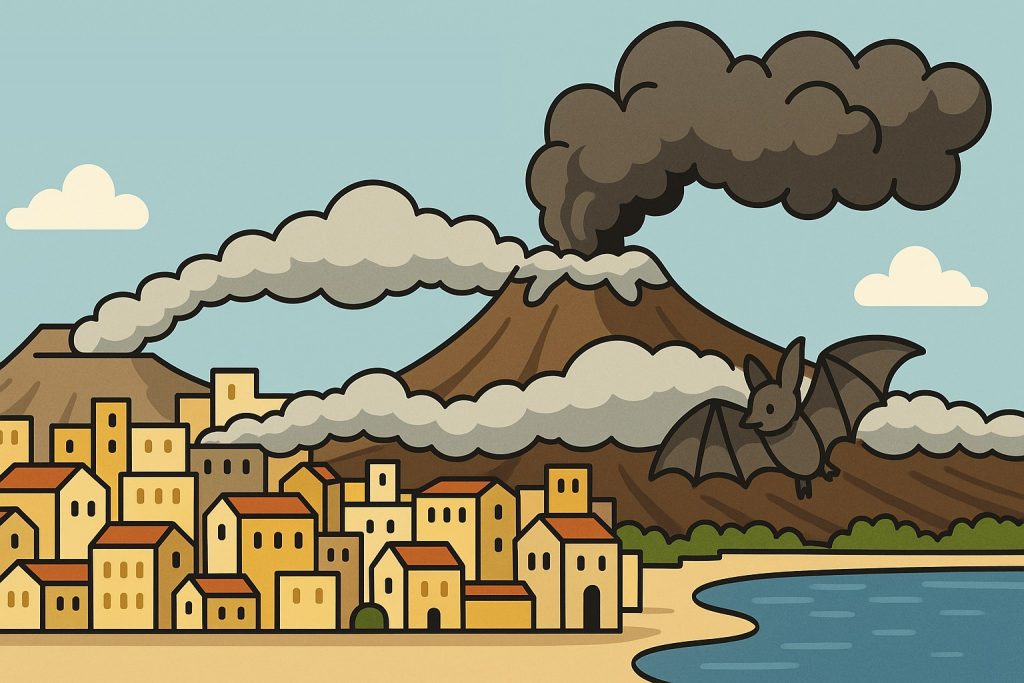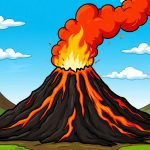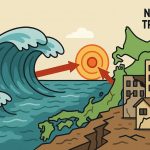Campi Flegrei is a large volcanic caldera located near Naples, Italy. Unlike a single volcanic cone, it is a wide depression created by ancient super-eruptions. The area is dotted with craters, fumaroles, and hot springs, and is one of the most geologically active regions in Europe.
Historical Eruptions
Campi Flegrei has erupted several times in history, the most recent in 1538, which created the Monte Nuovo cone. Earlier eruptions, thousands of years ago, were much larger and categorized as super-eruptions. These massive events reshaped the landscape and left lasting geological scars across southern Italy.
Possible Local Consequences
A future eruption could have catastrophic effects on the Naples metropolitan area, home to over 3 million people. Ashfall could collapse roofs, disrupt transportation, and contaminate water supplies. Pyroclastic flows, if generated, would devastate areas within the caldera and its surroundings, making evacuation extremely difficult.
Regional and European Impact
Ash clouds from a large eruption could spread across Italy and Europe. Air travel could be disrupted for weeks, similar to the Eyjafjallajökull eruption in Iceland (2010), but on a much larger scale. Agriculture would also suffer, with ash damaging crops and soil fertility in surrounding regions.
Global Climate Effects
A super-eruption of Campi Flegrei would inject massive amounts of ash and sulfur dioxide into the atmosphere. This could trigger a “volcanic winter”, where sunlight is blocked, temperatures drop, and global weather patterns shift. Such events in history have caused famines and widespread ecological disruption.
Current Monitoring and Risks
Scientists constantly monitor Campi Flegrei with seismic instruments, GPS, and gas sensors. The caldera has shown signs of unrest in recent decades, including ground uplift and increased seismic activity. While this does not guarantee an imminent eruption, it highlights the need for vigilance and emergency preparedness.
Conclusion
An eruption of Campi Flegrei could range from a moderate event to a catastrophic super-eruption. Local destruction, regional disruption, and possible global climate consequences make it one of the most dangerous volcanoes in the world. Continuous monitoring and effective evacuation plans are essential to reduce potential risks.
Please take care of yourself and your loved ones now, before trouble comes to your home. If you want to know how, please write in the comments.
Glossary
- Caldera – a large volcanic depression formed after massive eruptions.
- Super-eruption – an extremely powerful volcanic event ejecting more than 1,000 km³ of material.
- Pyroclastic flow – a fast-moving avalanche of hot gas and volcanic material.
- Volcanic winter – global cooling caused by volcanic ash and gases blocking sunlight.
- Seismic activity – earthquakes and tremors caused by movement of magma.
- Ground uplift – rising of land due to pressure from magma below.


